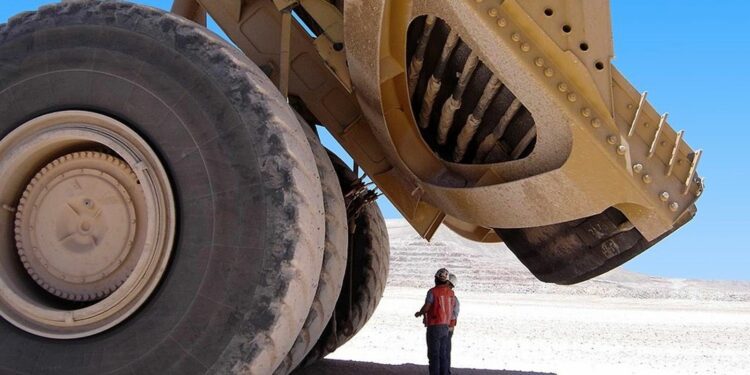
Miners must oppose all conceptions of seeing the strike as merely a means of getting a few more crumbs for the next three-year contract. The tradition must be recovered in which the struggle of miners serves as a powerful spearhead in the fight for social equality and ending the centuries of colonialist looting, imperialist oppression and the rule of the subservient Chilean oligarchy.
The demand to expropriate and place all mines under the democratic control of workers, including Codelco, is directly posed and would win overwhelming support from all sectors of the working class across Chile, Latin America and internationally.Â
The 2017 strike at Escondida was an important factor in animating strikes at other mines, by teachers and healthcare workers, as well as at Walmart in 2018, and the 2019 social explosion and general strikes involving millions against social inequality.Â
The jobs and conditions for miners and workers in Chile cannot be secured through subordination to the Boric administration and its allies in the unions. There is nothing to appeal to, negotiate or mediate with Boric or his pseudo-left coalition. The support by Boric to the US-NATO war in Ukraine against Russia and his central role in the ongoing coup attempt in Venezuela to install a fascistic regime of CIA puppets make clear which class interests his administration represents. Its “left” pretensions notwithstanding, Boric and his government are merely tools of imperialism and the transnational corporations.
Instead, miners at Escondida must turn to their class brothers and sisters across Chile and globally, which is necessary to face massive transnational corporations like BHP and the financial groups and imperialist governments behind them. This includes supporting the autoworkers at Stellantis in Michigan who are also facing mass layoffs as a result of automation and a transition to electric vehicles, which depend on the copper and lithium deposits in South America.Â
To succeed, workers must not only draw the lessons of the betrayals of the 2019 struggles, which were channeled by the unions and pseudo-left behind the election of Boric. Most importantly, workers must study the experience of the government of Popular Unity under Salvador Allende and the Stalinist Communist Party.Â
While the nationalization of copper was completed under Allende with the support of the far-right, his government’s defense of capitalism not only disarmed workers politically but involved the deployment of troops to crush the strike at El Teniente and every struggle that broke out of the control of his government. Popular Unity opened the door for the 1973 US-backed coup and the installation of the Pinochet dictatorship, which reprivatized the mines after detaining, torturing and massacring the most militant workers.Â
As the World Socialist Web Site wrote last year in commemorating the 50th anniversary of the Chilean coup: “The fundamental lesson of the Chilean defeat was that the working class was willing and able to take political power, but it lacked the decisive element of a revolutionary leadership, a party based upon Trotskyism and the assimilation of the bitter lessons of the 20th century.”
Sign up for the WSWS email newsletter
Source link : http://www.bing.com/news/apiclick.aspx?ref=FexRss&aid=&tid=66be9d61f99b4c9982e1066f9d5288dc&url=https%3A%2F%2Fwww.wsws.org%2Fen%2Farticles%2F2024%2F08%2F15%2Fpshd-a15.html&c=17435934467883134788&mkt=en-us
Author :
Publish date : 2024-08-15 11:57:00
Copyright for syndicated content belongs to the linked Source.












